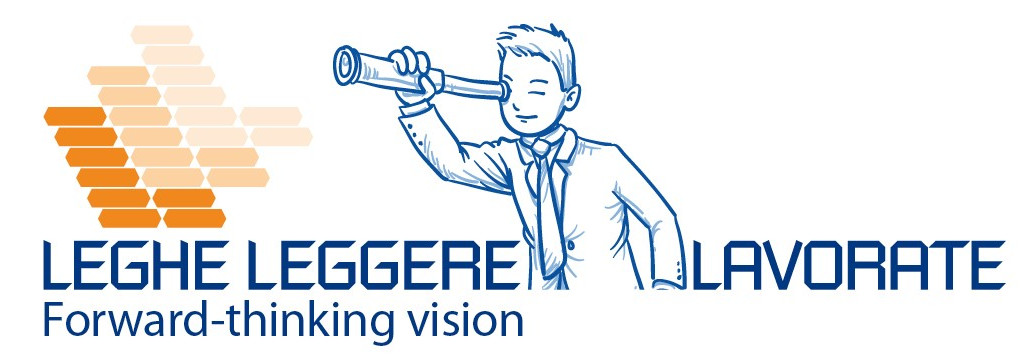Inspection with penetrating liquids is a non-destructive control process used on metal and ceramics.
The main advantage of this control test is that it is not necessary to cut, drill or engrave the surface of the piece in any way.
Inspection with penetrating liquids is able to reveal surface cracks or other not visible to the naked eye defects, which could cause breakages in the component over time.
But why are we talking about this dye penetration liquid test?
As anyone knows, our main activity is linked to mechanical removal machining (turning and 5-axis milling centers). A DPI (dye penetration inspection) test is not necessary for this kind of work.
However, we have been manufacturing a particular product for many years, which, before processing on the machining center, passes through a cold bending process. We refer to plates for veterinary orthopedic use.
The cold bending of these plates, made of AISI316L, can cause superficial micro-cracks.
To check the quality of the product, in our surface finishing department, we check that each plate (100% control) is free from micro-cracks.
The test for dye penetration inspection is performed following a specific procedure:
Surface cleaning
The plate is cleaned to remove dirt, oil, grease or any crust that could skew the test.
Application of the penetrant
The penetrant, usually a bright colored fluid, is then applied to the surface of the plate. You then wait a few minutes to allow the liquid to penetrate into any cracks. The smaller the cracks are, the longer it will take for the liquid to enter.
Removal of excess penetrant
The excess penetrant is then removed from the surface.
Reagent application
After removing the excess penetrant, a white reagent is applied to the sample. The developer should form a semitransparent, uniform coating over the entire surface.
The function of the developer is to bring to the surface the penetrant that has deposited inside the cracks.
Inspection
The inspection takes place through the use of ultraviolet radiation (UV-A) of adequate intensity, and very low ambient light. If there are cracks in the plates, the penetrating liquid, brought to the surface by the reagent, will be perfectly visible thanks to the ultraviolet radiation. In this case, the plate will be rejected as non-compliant.
The plates that pass the test will then be mechanically processed and will continue their path that will lead them to become an implantable medical device.

